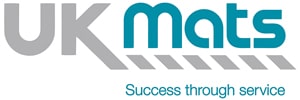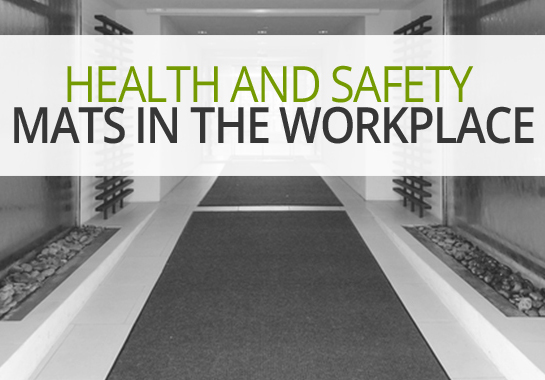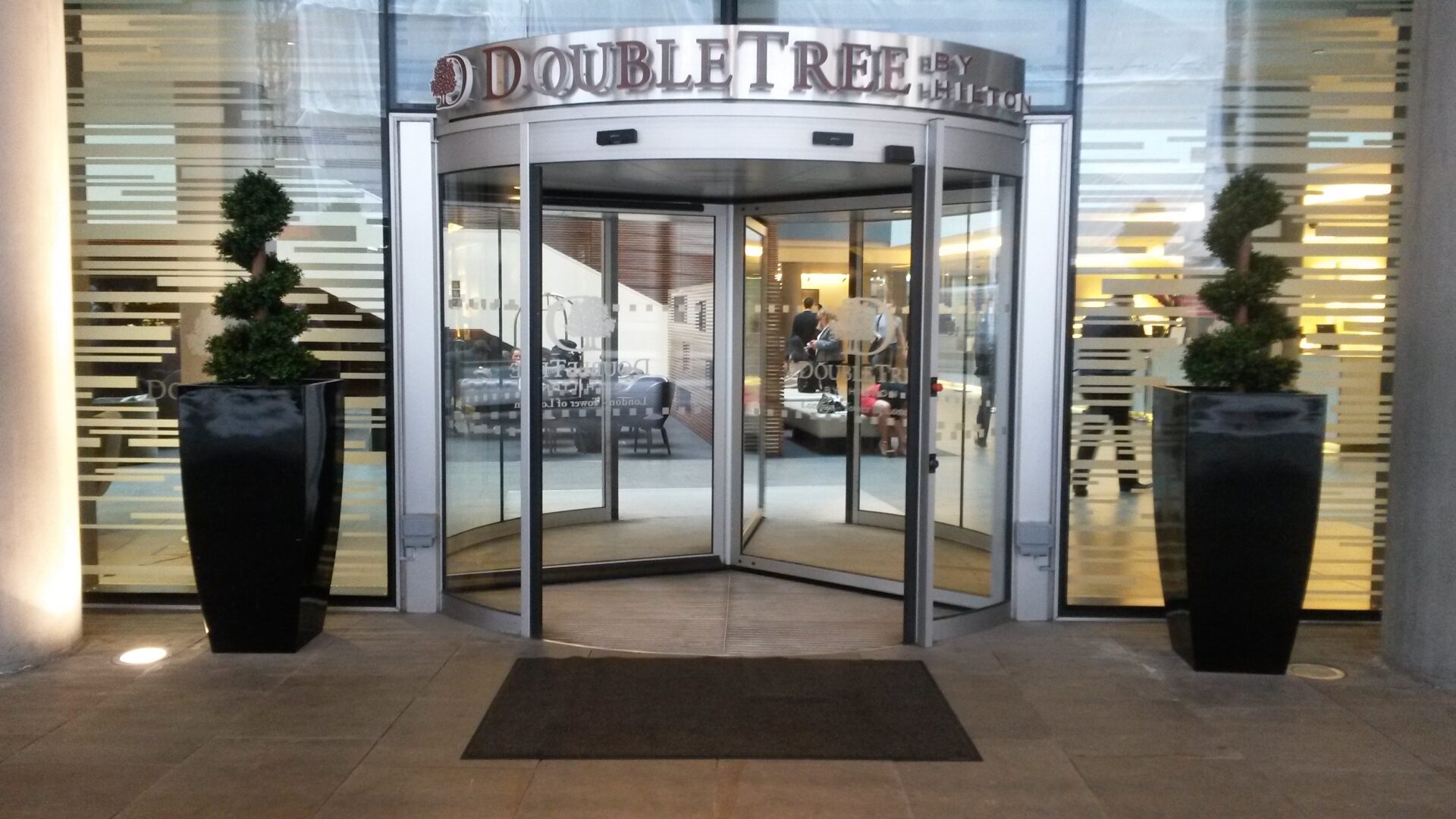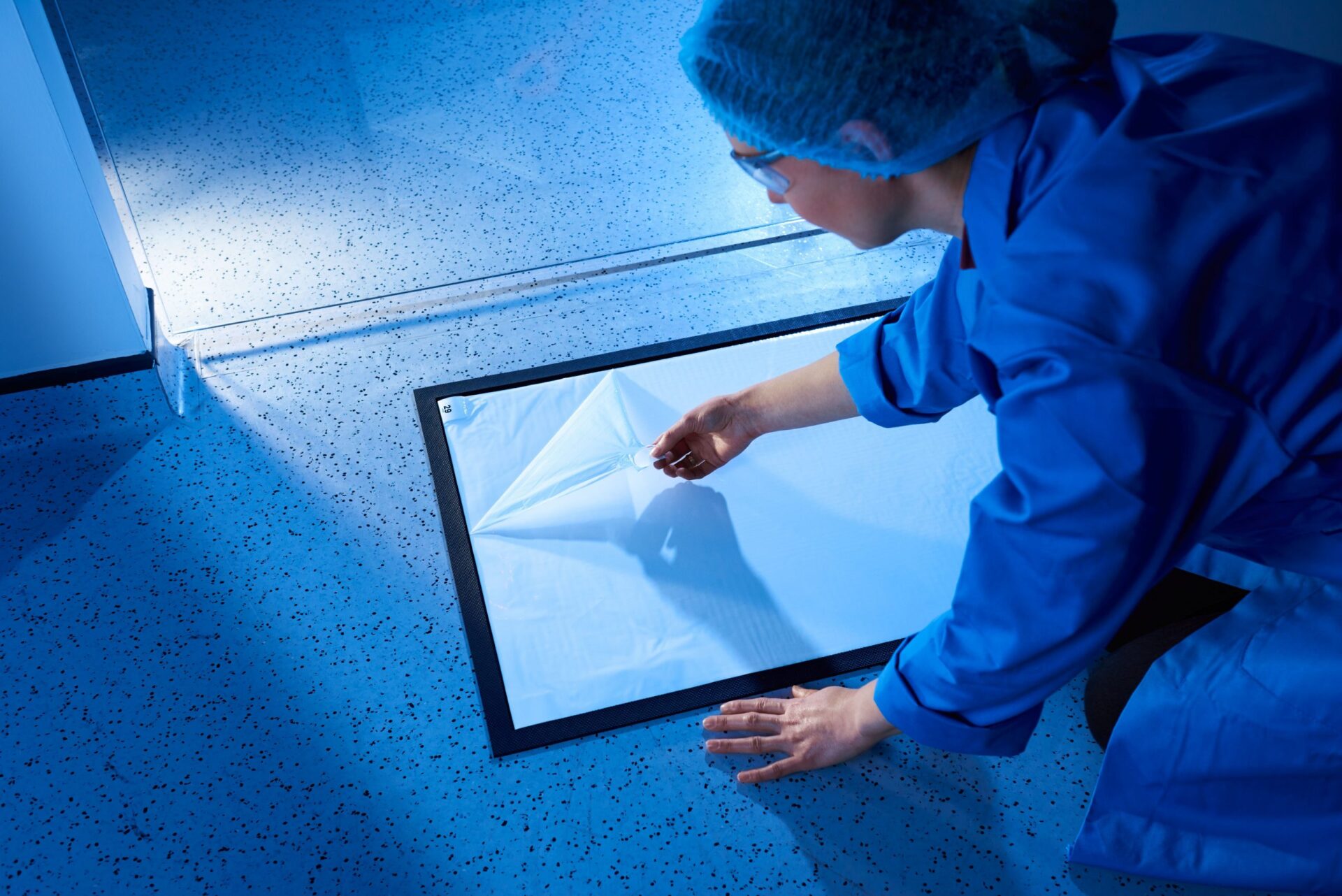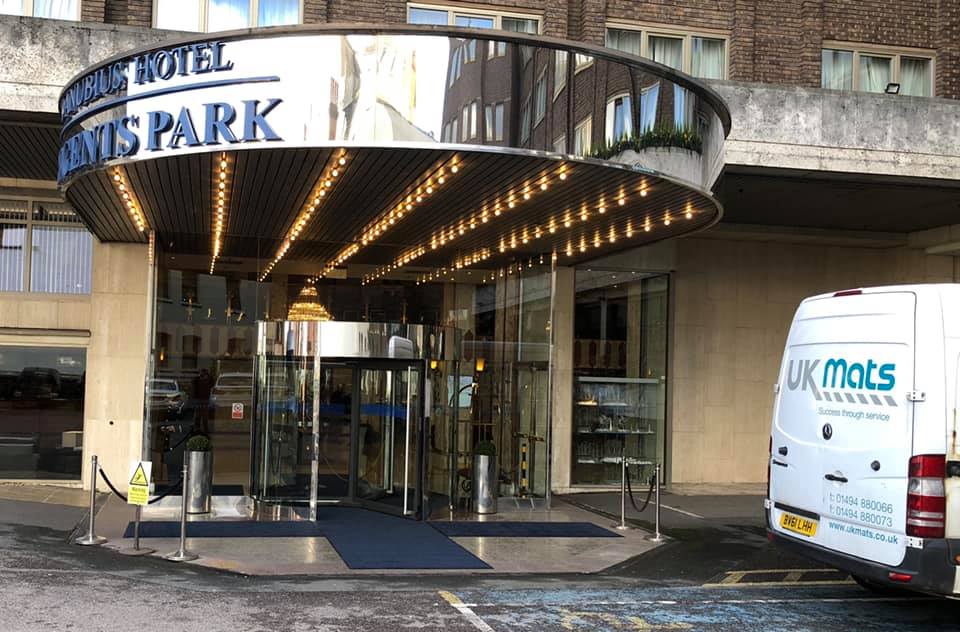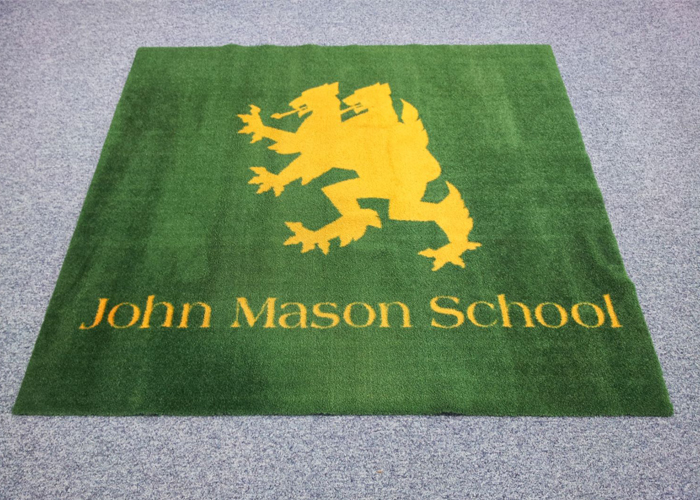No products in the cart.
Return To ShopHealth and safety mats in the workplace
Health and safety is of paramount importance in any workplace and employers are required to meet strict Health & Safety Executive (HSE) requirements when it comes to providing a safe environment for staff, visitors, and customers. While they often go unnoticed, mats play an essential role in ensuring health and safety standards are maintained.
Most people will go about their daily routines without even considering the part mats play in keeping them safe and aiding their productivity. Many different types of mats are used to improve health and safety in the workplace and these can be found pretty much everywhere that human footfall can be expected.
Entrance Mats
The most obvious use of mats is to prevent slips, trips and falls. The HSE estimates that slips and trips are responsible for 40 per cent of all reported major injuries at work. They are also the most reported injury by members of the public.
Standard rubber-backed mats are the most common type of entrance mat for shops and offices. Easily laundered and usually in a mottled effect material that hides dirt they are extremely absorbent and will wipe water and dirt away from shoes.
Virtually all mats used in the workplace will feature an anti-slip design; however, depending on the particular environment, the mats will also require a more specific set of qualities.
Kitchen Mats
Kitchen mats, as the name suggests, are used in kitchen environments, as well as in bars and other food preparation areas. Kitchen mats are typically made of rubber.
The idea behind this type of mat is that it is able to protect from slips and trips, but also from spilled liquids and foodstuffs. Naturally, kitchen mats must be extremely hygienic and easy to clean; this is achieved by a woven pattern that allows any oils and water to drain through the mat and away from feet. The popular Versalite and Tripleflex mats also contain an anti-microbial compound that inhibits bacterial growth. . Kitchen mats are also greaseproof to prevent grease and oil from making them slippery.
Wet Area Mats
You may have seen wet area mats in use at your local gym or swimming pool; however, these are also commonly used in a slightly different form by hotels, restaurants, and shops to absorb or wipe away water that is tracked in from outdoors. Wet area mats used in spa’s and swimming pools must also consider barefoot tread. For this reason wet area mats are formulated with antimicrobial properties to prevent common infections from spreading, such as verrucas. Water resistance is also essential in such settings, so rubber is the material of choice, again with a woven pattern used to prevent surface water from forming and therefore reduce slipping.
Anti-Static Mats
Anti-static mats are commonly used in factories and environments that require the handling of electronic goods. This specially formulated type of mat is designed to drain static charge from items placed on its surface, as well as protecting the surface of the electrostatic discharge (ESD) sensitive devices from wear and tear. For an anti-static mat to ground an item effectively, this must be conductive or dissipative – insulative items do not allow charge to drain to ground. These mats are designed to keep both employees and items safe from static electricity shocks.
Anti-Fatigue Mats
Anti-fatigue mats play a key role in both safety and productivity in the workplace, particularly for industries such as research and development or warehousing where employees spend most of the time on their feet Fatigue contributes greatly to accidents at work and effects how efficiently employees are able to work. With anti-fatigue mats, employee well-being is greatly improved thanks to an ergonomic design that encourages the user to make continual adjustments to re-balance themselves.
This greatly improves blood flow and reduces bodily pain. While there are dedicated anti-fatigue mats available, the properties are now found in various types of mats used in commercial and industrial environments in order to enhance safety and ensure employee welfare.
